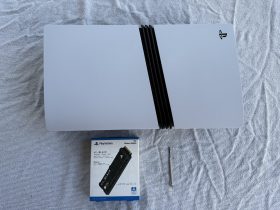Fae Farm is a colourful farming simulator where you can live your best life, and establish a thriving homestead filled with wandering creatures, plentiful crops, and towering trees – but to make your mark on its world, you’ll first need to understand its complex crafting and upgrade system.
Life in Fae Farm can be tough, with plenty of essential machinery and tools requiring you to gather special ingredients, or craft them from scratch. Some of this gameplay is fairly straightforward, and you’ll grasp it easily as the plot progresses – but there are plenty of items required for quests that demand outside-the-box thinking, or truncated discovery methods.
If you’re looking to get a head start on progress, or you’re just particularly stuck on finding a certain ingredient, read on for some handy tips. While this guide won’t address every unique item you can find in the game, we’ve provided some handy advice for gathering and crafting some of the toughest items in the game.
Read: Fae Farm: Beginner’s tips and early game guide
Fae Farm: How To Guides
How to find Arugula in Fae Farm
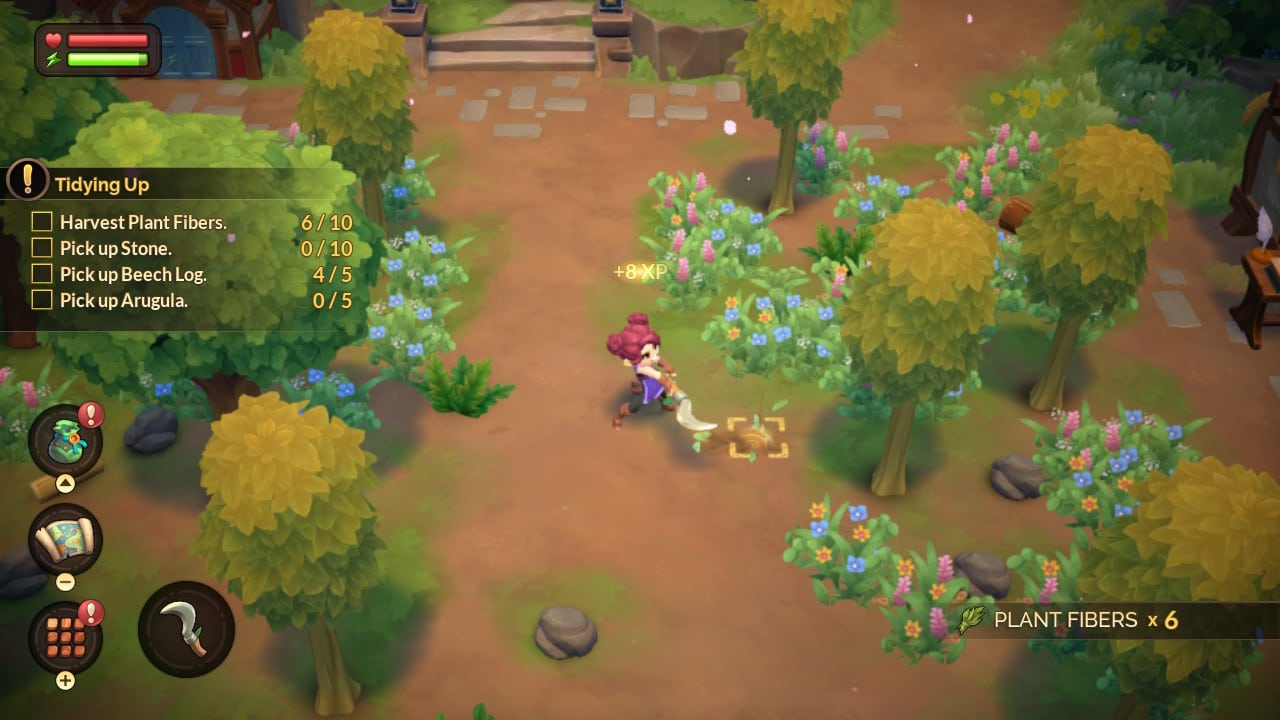
Arugula is a seasonal crop you’ll need early on in your adventure. You’ll find it growing on your homestead (it’s a dark green, leafy plant) and you’ll also find it growing near West Town, where the animal ranchers live.
Later in the game, you’ll find Dandelion Greens and Tea Leaves growing in similar places.
How to find Sardines in Fae Farm
As you reach the bottom of the Saltwater Mines, you’ll be asked to provide three sardines to a mystery being. To catch these fish, you’ll need to obtain the Fishing Rod from Eddy, and then head to the beach on the rightmost side of the map, near the Mines.
Fish around this area – in front of the Mines, and to the left, around the bay pillars, and you’ll eventually catch the sardines required.
How to find Silt and Clay in Fae Farm
Silt and Clay can be found by acquiring the Shovel, and digging in dirt patches around your farm, or in the Saltwalter Mines.
How to find Sand in Fae Farm
Sand and Clay can be found by acquiring the Shovel, and digging in dirt patches around the main beach in Azoria. You can also find Sand Dollars and Coral in this area.
How to find gems (Citrine, Peridot, Diamond, Obsidian) in Fae Farm
Gems in Fae Farm are found exclusively in one of three dungeons, with each boasting their own unique, glittering horde. The rarity of gems is based on dungeon levels, with Diamond and Obsidian being the rarest gems available, found on the lower floors of the Scorched Caverns.
Here’s a breakdown of where to find the game’s many gems:
- Saltwater Mines – Citrine, Peridot, Aquamarine, Topaz
- Floating Ruins – Amethyst, Rose Quartz, Sapphire, Emerald
- Scorched Caverns – Ruby, Garnet, Diamond, Obsidian
How to find ore in Fae Farm
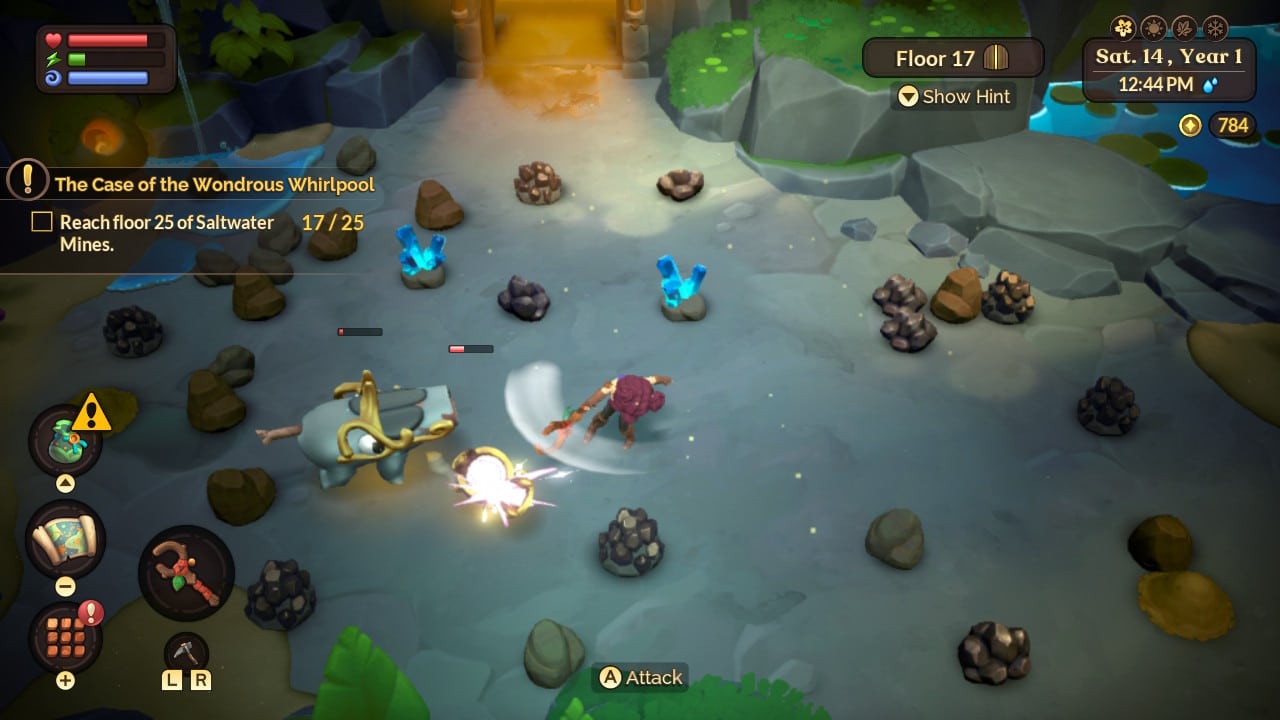
Like gems, ore required for improving tools in Fae Farm is tied to exploring dungeons. Each dungeon has a unique ore to mine, and you’ll need to get through each to gather ingredients for your homestead. Here’s which ores you can find in which dungeons:
- Saltwater Mines – Copper Ore, Iron Ore
- Floating Ruins – Feyrite Ore, Silver Ore
- Scorched Caverns – Orichalcum Ore, Gold Ore
How to collect Snow Flakes in Fae Farm
Snow Flakes are found by placing certain critters in the craftable Mountain Critter Observatory in the later parts of the game. The critters you’ll need to catch for this item include: the Snow Crab, and the Crystal Fly.
You’ll mostly need Snow Flakes for handy heat potions to enter the Scorched Caverns – which also require collectible Steel Cut Clover. These can be crafted by foraging Clover Feed from the Elven Village, and then placing the Clover Feed into the craftable Potion Ingredients Station.
How to unlock new Soil Beds in Fae Farm
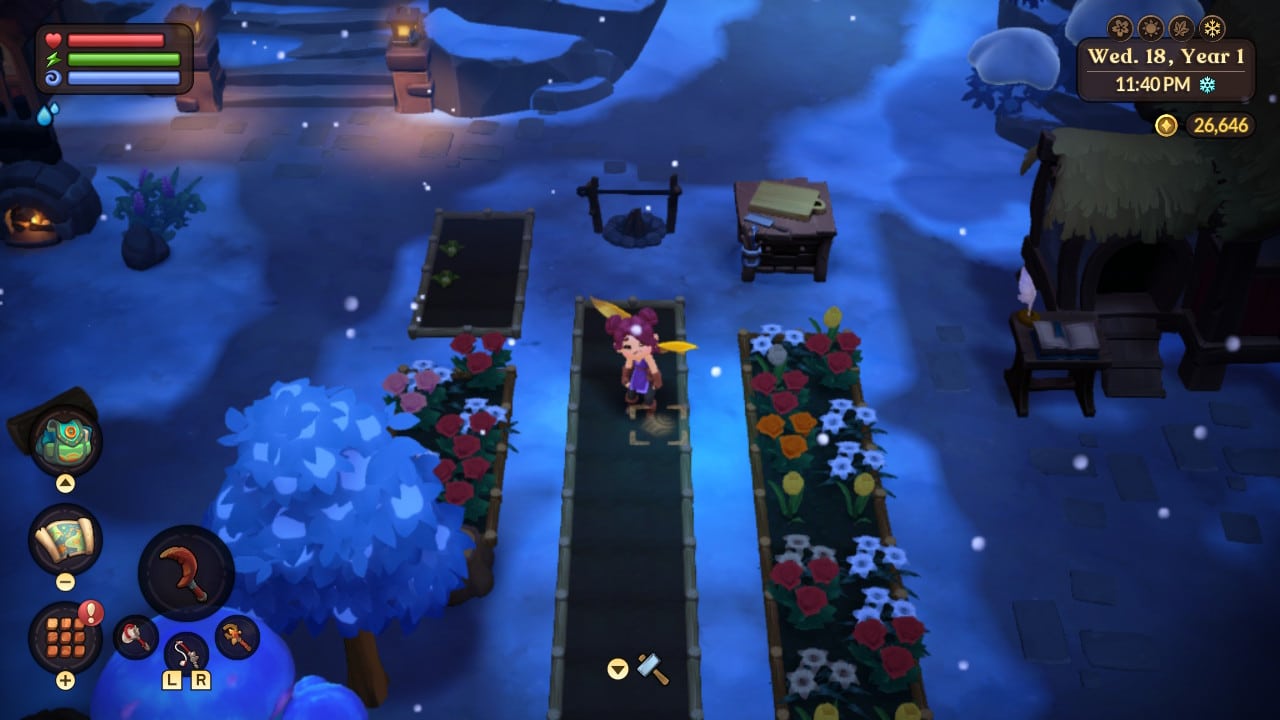
To unlock Soil Beds in Fae Farm and grow new crops, you’ll first need to gather a range of ingredients, and advance the main plot. New Soil Bed recipes are typically provided as rewards for completing quests, so stay patient if you’re looking to craft Fae Crops, and other goodies.
For the Basic Soil Beds, which you can access in the early game, you’ll need to find silt, sand, and Beech Logs (which are found by cutting down trees with an Axe). The Flower Soil Bed, which is required to complete an early game quest, can be crafted using an Oak Log (found by cutting down darker coloured trees), Silt, and Mulch (found in leafy patches in the unlockable Upper Homestead farm, and other regions outside of town).
The Fae Soil Bed, where you can grow special Fae crops, can be crafted using Shade Jelly (found in the Floating Ruins), Flutterwood Log (cut from trees in the Elven Village), and Spriggan Leaf (shed by the Spriggan creature, adoptable in the Elven Village).
Note: You can eventually establish regular flower beds in the Elven Village which share properties with the Fae Soil Beds – so don’t worry too much about crafting these upfront.
How to create Lumber in Fae Farm
To create Lumber in Fae Farm, you need to chop down trees with your axe, then put these Logs through the craftable Lumber Station. You can build this machine by standing on your Homestead and opening the crafting menu – it requires 15 Beech Logs, 2 Stone Bricks, and one Copper Ingot (Bricks and Ingots require the craftable Stone Forge).
Each area in the game has a unique type of lumber, so explore thoroughly to unlock stronger building materials.
How to get Milk in Fae Farm
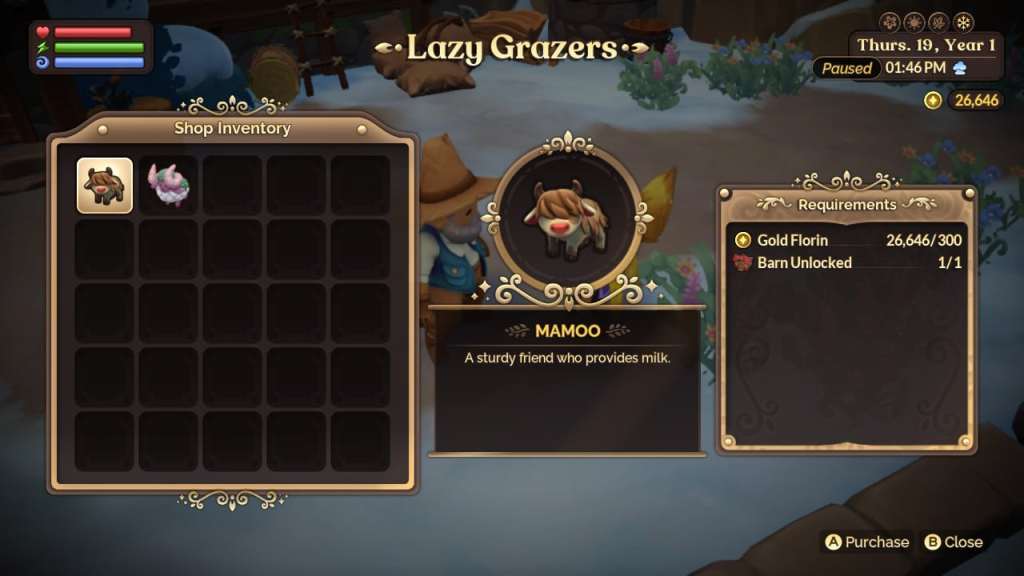
To get Milk in Fae Farm, you’ll first need to progress the story until the point where you can unlock the Upper Homestead Barn. Once you’ve got access to this home, you’ll be able to visit Jeremiah in the Plaines of Plenty to purchase a Mamoo, and then place this creature in your barn. Look after it for a day or so, and it will begin producing Milk.
How to unlock complex food dishes in Fae Farm
In Fae Farm, you’ll eventually be required to cook complex food dishes made of chopped or grilled ingredients. There are four unique machines you’ll need to build to obtain this food – the Cooking Fire, the Food Prep Table, the Artisan Table, and the Beverage Station. Most dishes can be cooked solely on the Cooking Fire, but some require you to first cook at the Food Prep Table, then head to the Cooking Fire.
Special dishes like Teas and Juices will require the use of the Beverage Station, and items like Mayonnaise, Cheese, Jam, and Pickles will require the Artisan Table.
Note: The Cooking Fire and Food Prep Table are outdoor items, while the Artisan Table and Beverage Station are indoor items.
How to upgrade your tools in Fae Farm
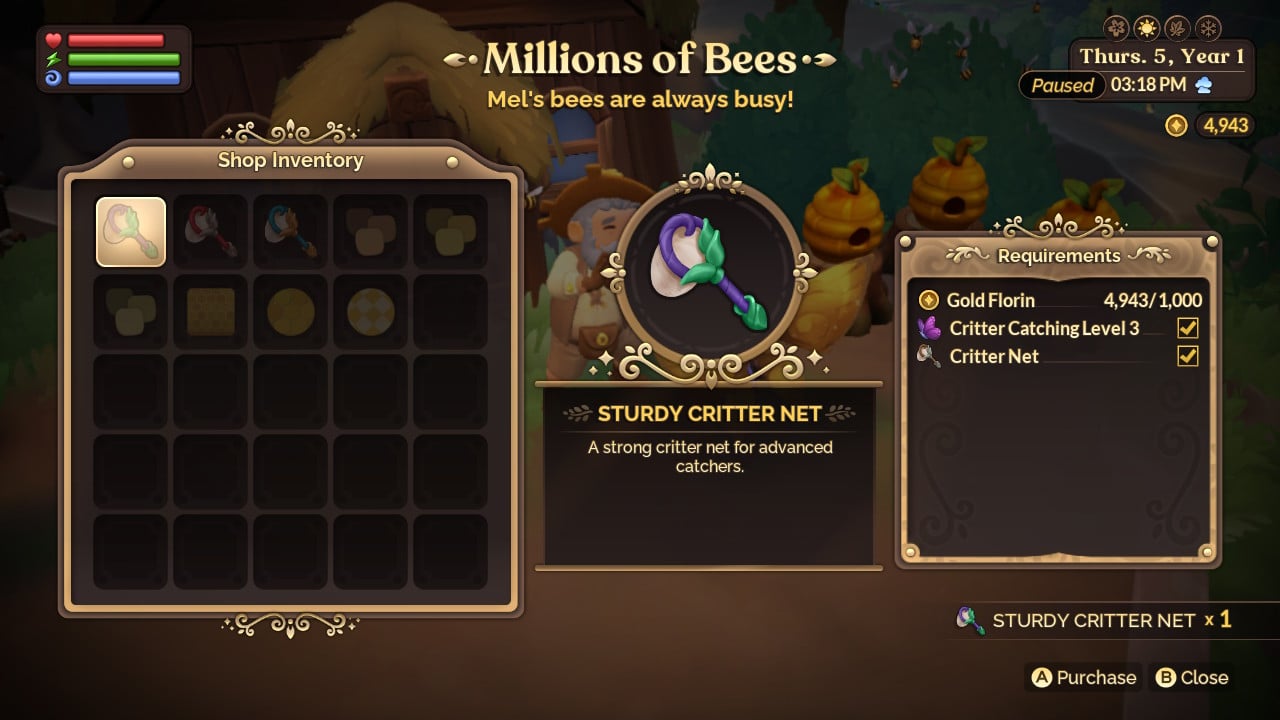
You gain access to multiple tools throughout Fae Farm, and it’s essential to upgrade them as you collect and discover new ores, skills, and ingredients. For one thing, the upgrades are pretty cool and allow you to gain new abilities, but more importantly, the main plot will eventually require you to upgrade your tools to advance.
To upgrade your Fishing Rod, you should head to Eddy in Stay-A-While Bay. Fishing rod upgrades require cash, and a high Fishing Level.
To upgrade your Critter Net, head to Mel in West Town. You’ll need cash, and a high Critter Catching Level to obtain higher-powered nets.
Your Axe, Pickax, Sickle, Shovel, and Watering Can can all be upgraded by Cinder, in the Docks. Each upgrade level requires specific ingots and hefty cash.
Keep all this in mind, and your journey through Fae Farm should be delightfully smooth.
Fae Farm launches for
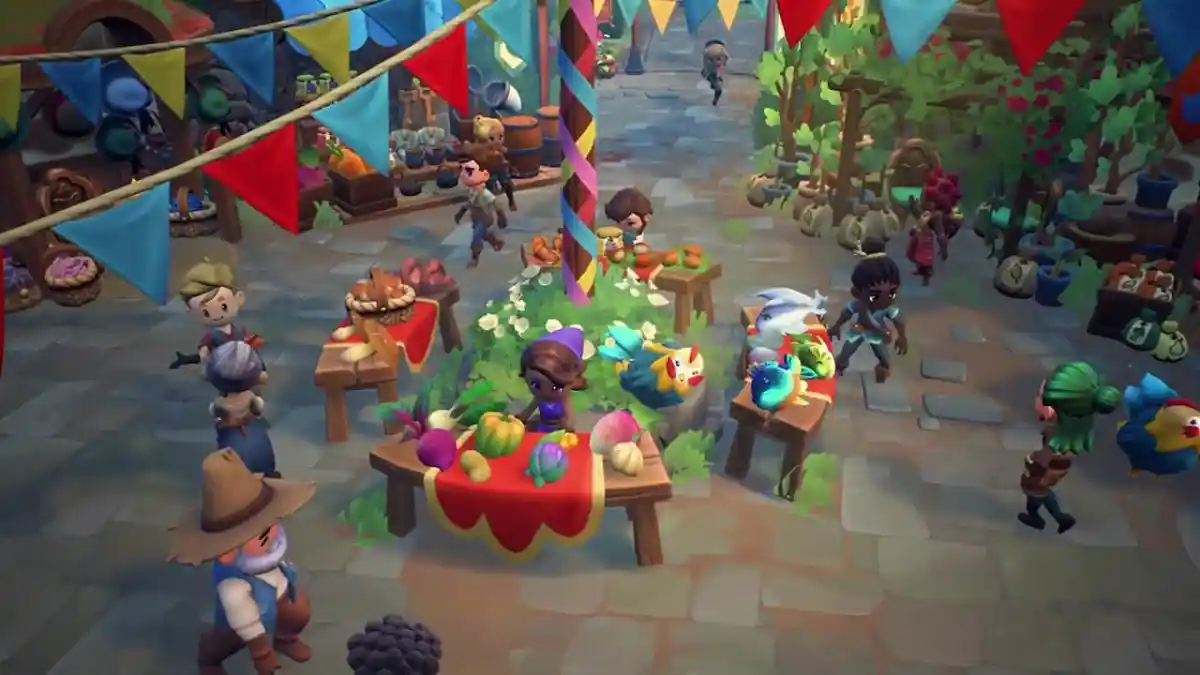
![Fae Farm Standard - Nintendo Switch [Digital Code]](https://m.media-amazon.com/images/I/51ymGY6m2JL._SL500_.jpg)


